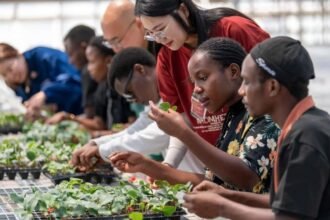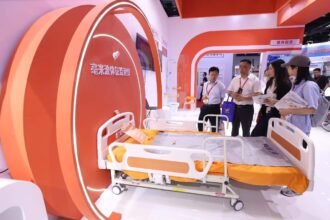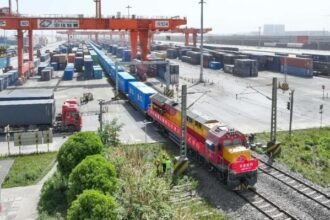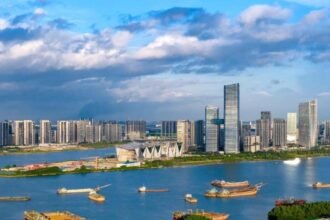Madam Moezza daily routine provides a glimpse of the urban experiences in Pakistan. Today like every morning, on road, she faces the overcrowded buses and blocking, opening and choking of bad roads of Karachi. Now a day’s these roads are also covered up by heavy layers of smog. Yet despite all this choas, she is optimistic in her dream of an urban space where transport and infrastructure is good, air is pure, and kids play safely among neat and clean green spaces. It is not only her dream but also of those millions of Pakistanis which embodies the possible change that these cities could face.
As no cities can escape this global phenomenon of rapid urbanization so are the cities of Pakistan. Only Karachi has 16 million and more residents with urban sprawl and constraint infrastructure. Lahore is paralyzed annually because of smog due to unchecked industrialization, vehicular emissions and burning of leftovers of crops not only in Pakistani Punjab but also in cities of neighbouring countries. Islamabad too, to some extent is at risk for degrading its ecological balance. These problems, however, can be solved by urgent collective actions at national and international levels.
Infrastructure in Pakistan has to be redesigned. Unregulated growth needs to be replaced by green urban planning. Renewable energy can be introduced by integrating solar-panelled buildings. Rainwater harvesting systems should be implemented where possible. Projects such as Miyawaki forests, in Lahore, no matter how small in scale, serves as an excellent example of urban areas combating pollution and biodiversity. Expanding such projects will help in environmental health improvement while becoming a model for future development.
Public transport needs urgent modernization. Lahore’s Green Bus Rapid Transit system is a an encouraging example of eco-friendly, efficient public transport. More such initiatives must be scaled nationwide. Further more to enhance the mobility while reducing emissions more complementary measures should be be taken. They can include dedicated cycling lanes, pedestrian-friendly zones, and incentives for electric vehicles.
Housing is another critical area for reform. Affordable, energy-efficient housing projects, funded through public-private partnerships, can help in reformation. Modular construction methods, combined with smart zoning policies, can enable cities to meet growing demand without compromising sustainability.
Pakistan’s growing tech ecosystem holds a great potential for addressing urban challenges. Recycling can be promoted by technology based waste segregation. It will also reduce landfill burden.Solar-powered microgrids, particularly in energy-deprived communities, can reduce dependence on traditional power sources. Governments can collaborate with tech innovators and international partners to amplify the impact of the use of technology for urban solutions.
Curitiba, Brazil, and Singapore can be taken as models.They show how cities can balance their growth with sustainability. Pakistan should learn from such global examples and must come up with solutions that incorporate with its unique cultural, social, and economic realities.
Citizens and communities must be given tools, resources and encouragement by local governments to adress waste and garbage problems. It may led in generation of income opportunities. We have already experienced how local NGO in Karachi transformed a garbage-filled lot into a thriving community park. Also recycling program in a low-income Lahore neighborhood reduced waste and created income opportunities. Success in these small-scale initiatives highlights the need for broader policies that can facilitate such more initiatives.
Going back to home as madam Moezza steps into a crowded bus, holding her children, she is carrying more than just her daily burdens—she is carrying hope and is dreaming of transformation and ideal environments. Pakistan stands at a crossroads, where choices made today will determine the future of its cities. The time to act is now, to transform urban spaces into thriving, inclusive, and sustainable environments.










